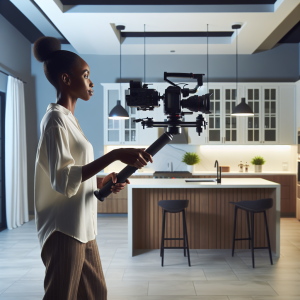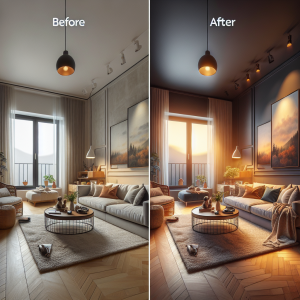Learn professional tips for creating impactful virtual tours with strategic lighting, clever angles, and dynamic storyboarding in this essential real estate guide.
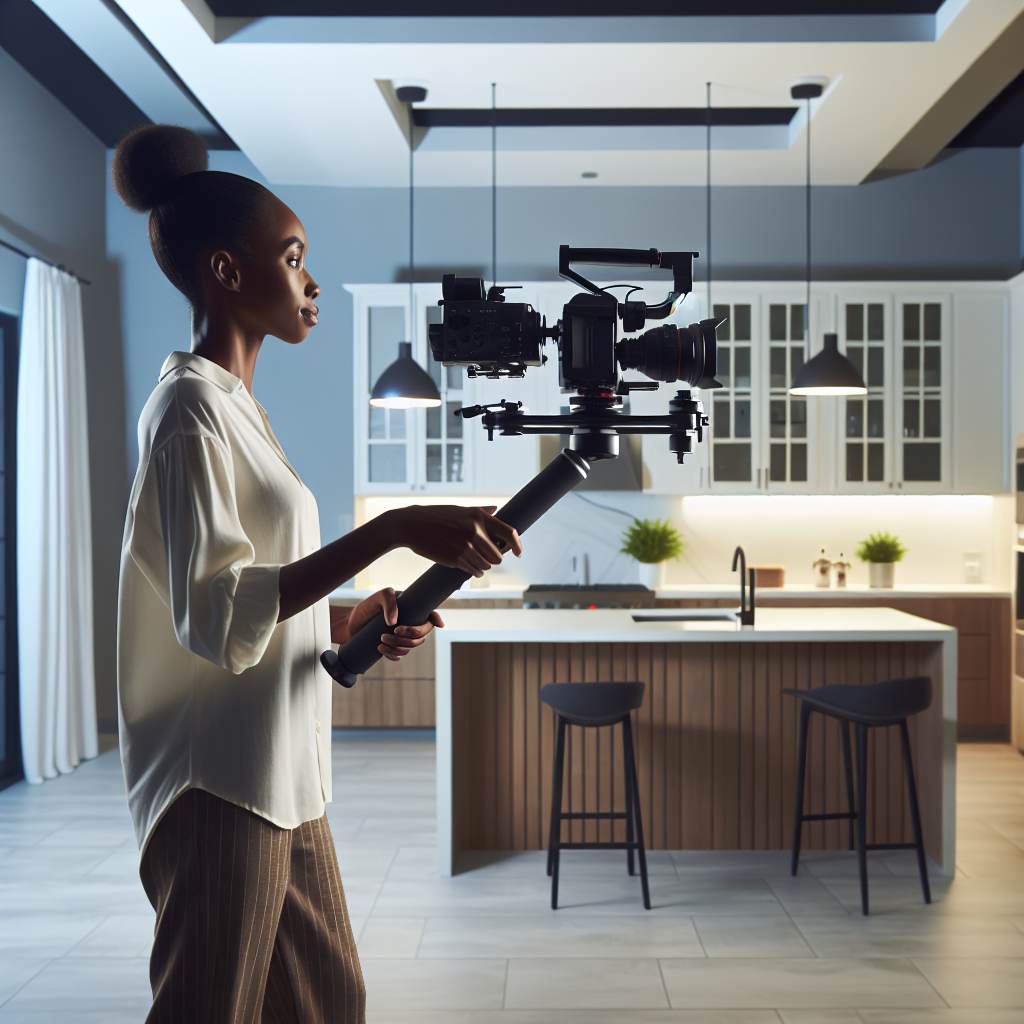
In this blog, we delve into the intricacies of crafting impactful virtual tours for real estate, a vital tool in today’s digital-first market. Emphasizing the importance of capturing the essence of properties, we explore techniques such as strategic lighting, dynamic filming angles, and effective storyboarding to create emotionally resonant and visually inviting tours. We discuss the balance between artistic presentation and honest representation, ensuring viewers receive a truthful experience. Upcoming sections will analyze real-life cases and the potential future integration of augmented and virtual reality in virtual tours, framing a comprehensive guide for real estate professionals aiming to excel in digital property showcasing.
In today’s digital-first world, real estate marketing has transcended traditional boundaries, giving rise to the burgeoning importance of virtual tours. As 90% of buyers start their property search online, digital showings are no longer just an added bonus but a critical element in the decision-making process. Capturing the true ambiance and potential of a property through a screen can be daunting—how do you translate the warmth of natural light or the feel of expansive spaces into pixels? This is where expert filming techniques come into play.
Welcome to Capturing the Essence: Professional Tips for Filming Impactful Virtual Tours. This blog is designed to be your go-to guide, crafted with insights from industry leaders who have mastered the art of digital showcasing. Here, you’ll learn how to employ strategic lighting, clever angles, and dynamic storyboarding to not only present a property but to tell its unique story. Each element we discuss aims to ensure that your virtual tours don’t just show spaces but truly evoke emotions and prompt action. Whether you’re a seasoned real estate professional or just starting out, mastering these skills is now an indispensable part of your toolkit in this competitive market.
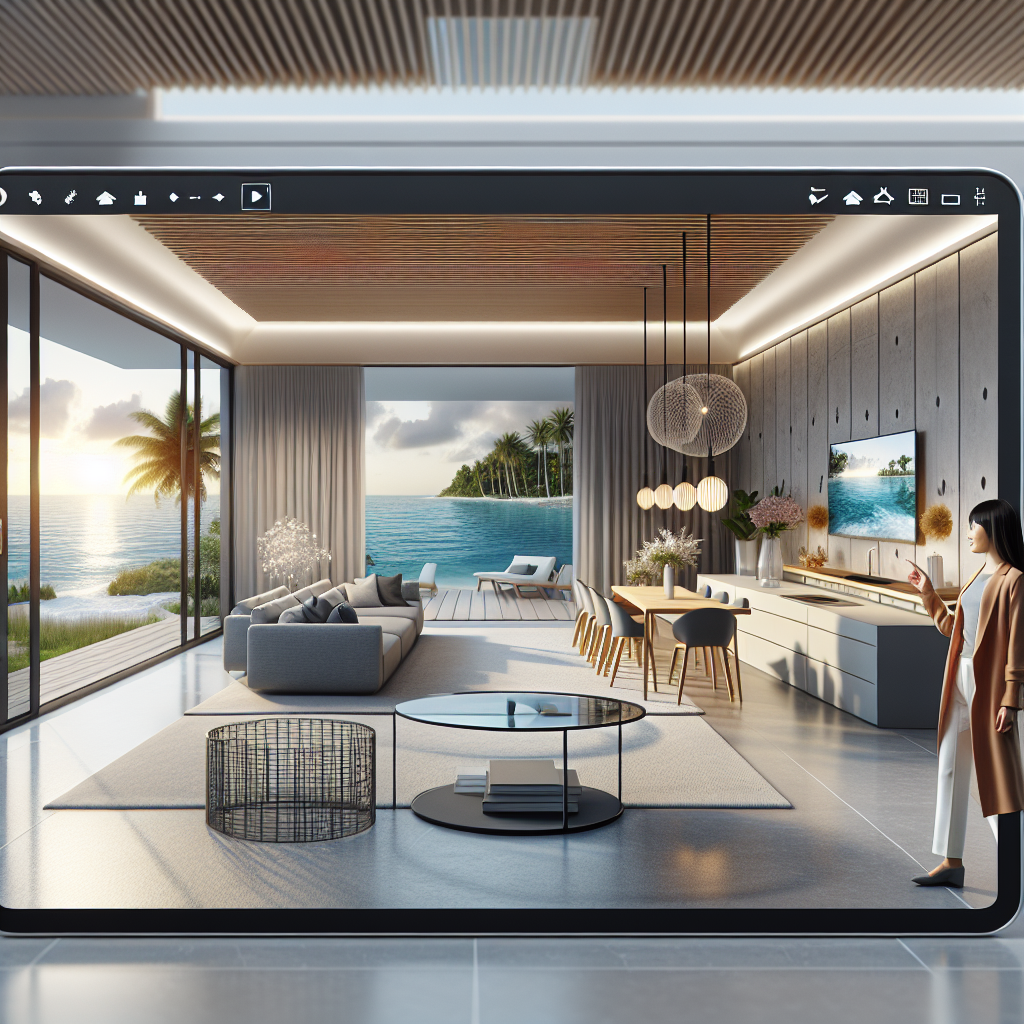
In the realm of real estate, the digital age demands innovation and adaptation, especially in how properties are presented to potential buyers. Virtual tours have become an integral aspect of real estate marketing, shifting from a mere perk to a vital component of showcasing properties. This evolution stems from the undeniable fact that a majority of prospective buyers initiate their property searches online. However, transforming physical spaces into compelling digital experiences poses unique challenges. The essence of a property — from the interplay of light and shadow to the subtle cues of a lived-in space — needs to be meticulously translated into digital formats that resonate with viewers on an emotional level.
To bridge the gap between physical and digital realty, filming techniques have become increasingly sophisticated. The key is not only to display the property but also to narrate its story through a lens that captures its true spirit. Strategic lighting is one of the most powerful tools in this respect. Natural light can enhance textures and colors and can breathe life into spaces. Its judicious use can make rooms appear more welcoming and spacious. For instance, filming at dawn or dusk can capture the golden hues that naturally warm the interiors, creating an inviting visual that stirs potential buyers’ imaginations.
Equally important are the angles and perspectives from which a property is filmed. Unlike static images, virtual tours that utilize dynamic angles can offer a more thorough view and understanding of a property. Creative angles not only reveal the layout but also highlight unique architectural features, from grand fireplaces to intricate crown moldings, effectively communicating a property’s character. A successful virtual tour employs a variety of vantage points, ensuring that viewers gain a comprehensive view of the property as if they were walking through it themselves.
Storyboarding is another pivotal element. This approach involves planning the tour to ensure it flows logically and emotionally, akin to telling a story. It’s about more than showing rooms; it’s about crafting a journey through the property that builds a connection with the viewer. For example, starting the tour with a welcoming entryway shot, moving through the living spaces, and ending with a serene view from the back patio can strategically create a narrative that feels both intuitive and inviting.
However, these techniques come with their challenges, particularly in ensuring that the digital portrayal is as truthful and accurate as the physical experience. Misrepresentation, whether intentional or not, can lead to disappointment and distrust among potential buyers. Therefore, it is crucial to maintain a balance between artistic presentation and honest representation. This can be accomplished by ensuring that enhancements made during the filming process serve only to mirror the natural attributes of the property without altering its inherent characteristics.
Upcoming in our series, we will delve deeper into specific case studies where these techniques have been successfully implemented, examining the outcomes and the reactions from both sellers and buyers. We’ll explore how virtual tours have influenced purchasing decisions and how they might evolve with emerging technologies like augmented and virtual reality.
The journey through mastering the art of impactful virtual tours is both fascinating and complex. By adhering to these professional tips and continuing to innovate within this space, real estate professionals can not only adapt to but thrive in today’s digital-first marketplace. This comprehensive understanding prepares us to move forward, embracing the nuances of digital showcases in the competitive world of real estate.
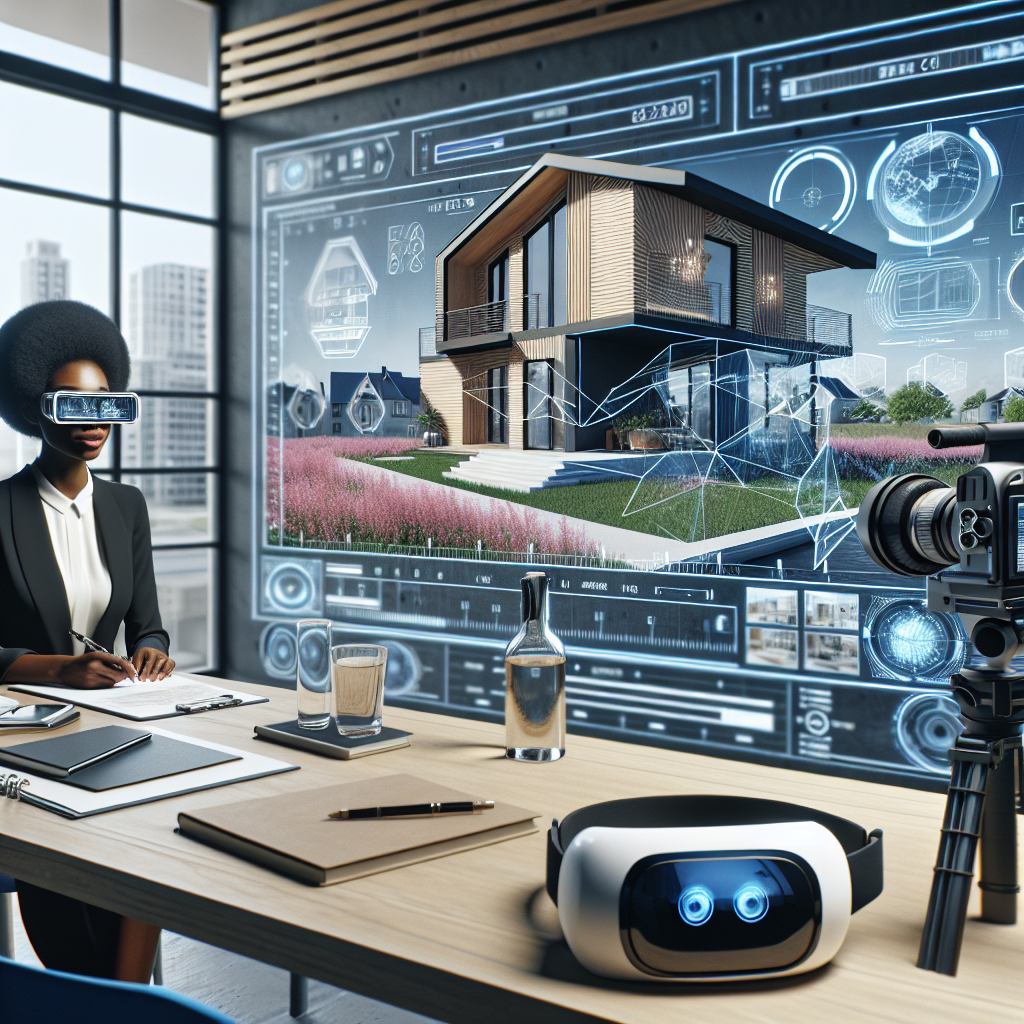
In light of the pressing need to accurately convey the essence of a property through digital means, some real estate professionals have embraced the emerging technique of integrating sensory elements into virtual tours. This innovative approach seeks to enhance the viewer’s connection with the property by providing a multisensory experience. For example, incorporating ambient sounds such as the crackle of a fireplace, soft background music, or the soothing sound of water in a pool can emotionally engage potential buyers even when they are viewing properties remotely. Sensory integration not only enriches the virtual experience but also aids in conveying the atmosphere and lifestyle a property offers.One case study involves a luxury property in California, where the real estate agent incorporated the sound of ocean waves and a virtual sunset to mimic the property’s beachfront ambiance. This approach markedly increased viewer engagement and contributed to a 30% quicker sale compared to other listings in the area without such enhancements. This success underlines the potential of a well-crafted sensory experience to turn a standard virtual tour into an evocative journey, thereby fostering a deeper buyer connection.As we venture further into refining virtual tours, the next section will examine how augmented and virtual reality are set to redefine the standards of digital property showcasing even further, promising even more immersive and interactive buying experiences. This progression underscores the critical need for continual innovation in the realm of real estate marketing, ensuring that every digital interaction is as compelling and convincing as the physical exploration of a property.
In conclusion, as the real estate market continues to embrace the digital frontier, mastering the art of filming impactful virtual tours is indispensable. This blog highlighted key strategies such as leveraging strategic lighting, innovative angles, and dynamic storyboarding, essential for capturing and conveying the true essence of property through a screen. By adopting these professional tips, real estate professionals can evoke emotions and drive decision-making, ensuring that their digital presentations stand out in a competitive marketplace. As we look to the future, staying abreast of advancements in virtual tour technology will be crucial. Embrace these tips and continue refining your skills to create virtual tours that not only showcase properties but also tell their unique stories, pushing boundaries and setting new standards in real estate marketing.
Interviews, tips, guides, industry best practices, and news.



